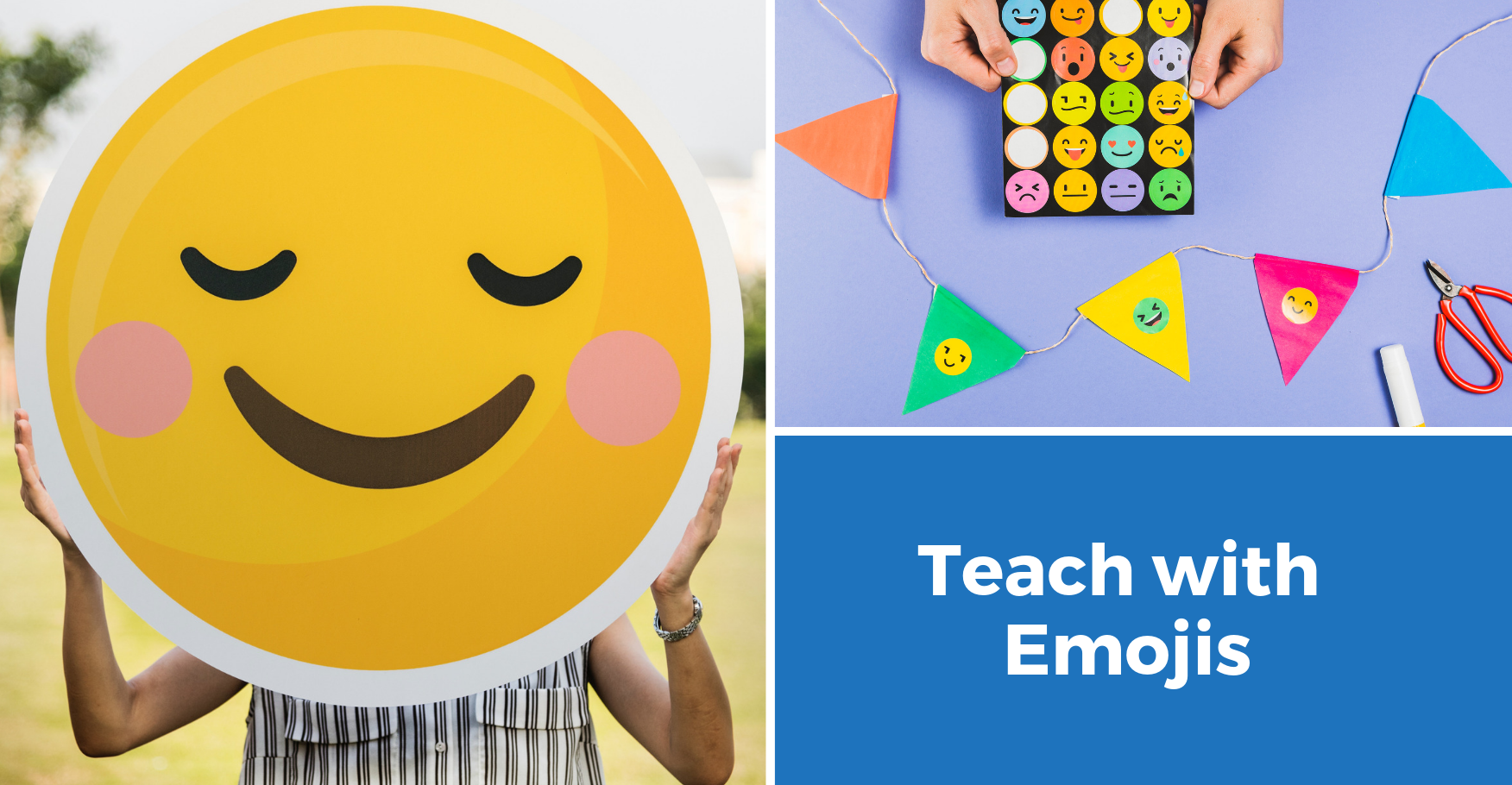Love them or hate them, emojis are here to stay. They are part of our lives and daily communication. We find them everywhere; there is even an emoji movie, imaginatively titled The Emoji Movie ????. Emojis were invented in 1999 by a Japanese man, Shigetaka Kurita, who realised that digital communication was unable to convey emotion. The name emoji combines the Japanese words “e” meaning picture, and “moji” meaning character.
In 2015, the Oxford English Dictionary named ???? (face with tears of joy) as the word of the year. In a statement, president of Oxford Dictionaries, Caspar Grathwohl said, “Emojis are becoming an increasingly rich form of communication, one that transcends linguistic borders.” Who should argue with that!
So, the question arises, do these much-used and loved modern equivalent of hieroglyphics have a place in the classroom? The way you react to that question puts you on the emoji scale. So, pick the one that best describes your response:
???? What! Never!
???? Don’t talk utter nonsense!
???? Mmmm, tell me more
???? You crack me up! Good joke.
???? Cool, I’m in.
???? No comment.
Yup, one little image tells the whole story!
Why incorporate emojis in your classroom:
- It is a way of communicating with your digital-savvy students in a digital language they know, understand and enjoy.
- It helps build stronger relationships with your learners.
- It supports learning by promoting retention and recall since you are relating information to something, that being emojis, the learners already know and understand.
- It promotes inclusion among pre-literate learners.
- They are helpful if there is a language barrier.
Ways to use emojis in your classroom
Here are a few ways you can use emojis to spice up your lessons.
1. Emojis linked to lesson topics
After teaching a lesson on a certain topic you can show relevant emojis to your learners and ask them to explain how they relate to the current topic. This encourages recall of the information and aids them in remembering it.
2. Emojis as writing prompts
Give learners a series of four or five emojis and ask them to write a story incorporating all of them. This promotes creativity and even if you give all the learners the same emojis, no doubt each one will have a unique story.
You could give them an opening sentence to start them off, for example:
“On the way to school…”
“I was with my friend when…”
“It was 7 o’clock and everything was ready…”
“There was a knock at the door…”
☺This idea can also be used for unprepared orals.
3. Emojis for feedback
An exit ticket is a great way to gauge whether the objectives you set for your lessons have been achieved. This gives the students the opportunity to reflect on their own understanding of the material and respond. Emojis are perfect to include because, as we have already expressed, they express thoughts in a nutshell. The internet is awash with examples of emoji exit tickets.
4. Emojis as a self-assessment tool
Emojis are great to help learners communicate their emotions and personality without having to go into a long discourse. This is very helpful for teachers as it can uncover unexpressed reasons for certain behaviour and attitudes.
5. Emojis for fun
Go for it and use emojis on worksheets, correspondence, when marking and at any other time you communicate with your learners. They will help you bond with your learners. Do you enjoy receiving a message with a ????? Try conveying astonishment in a written message without ????! They just hit the nail on the head without a word necessarily needing to pass between two people.
When your learners hand in work they are probably expecting some erudite feedback from you, not a grinning emoji. However, the surprise will elicit a positive and warm response. You’re speaking their language! So, whether you are ????or ???? one thing is for sure, emojis are not going away any time soon.



